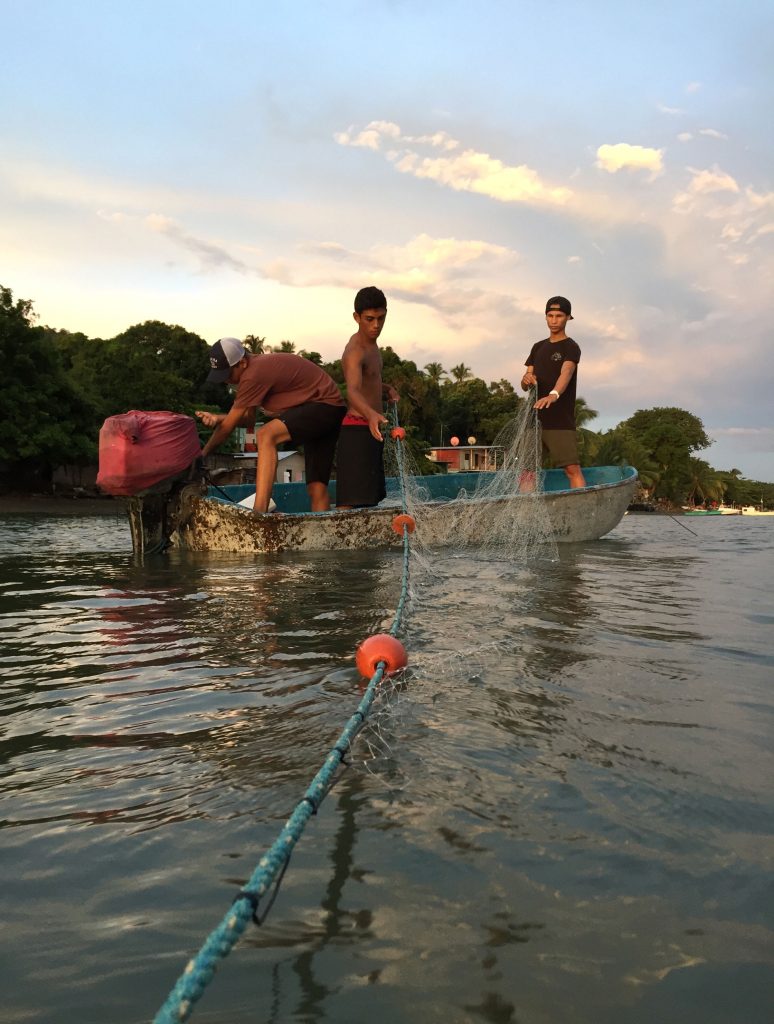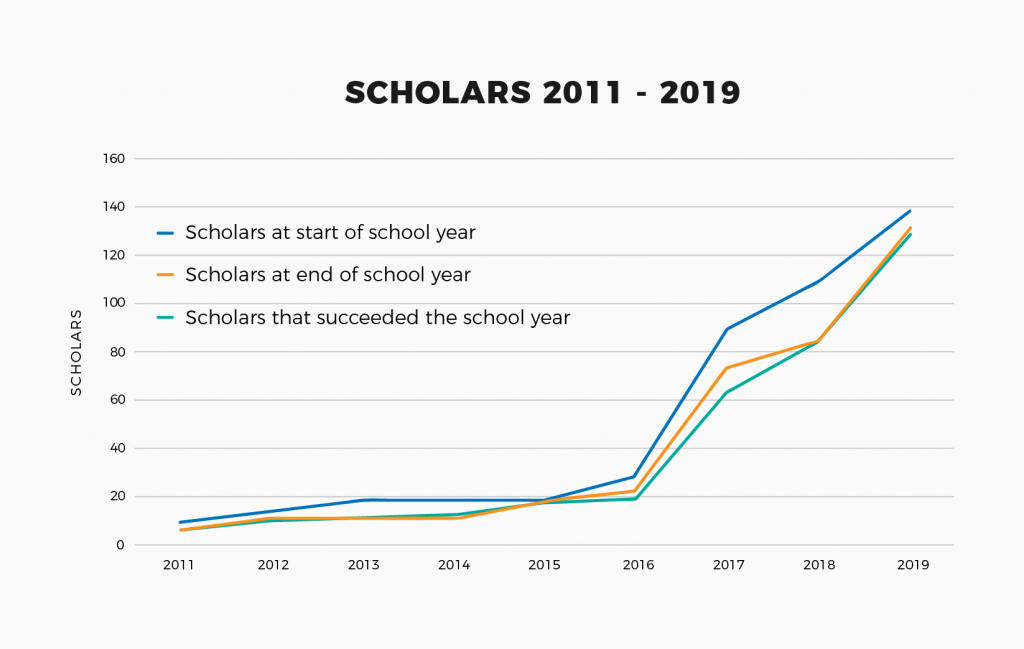
Photo: Paulo Peña
The annual report of Unicef Costa Rica states that, in 2018, 34% of children and teenagers in Costa Rica lived in poverty, 12% even in extreme poverty. And it adds: “the highest level of poverty in children and teenagers, the higher exclusion, exposure to negligence in care and involvement in illicit activities”[1].
At the same time, the National Household Survey 2020 of the National Institute for Statistics and Census INEC measures the strong impact of the pandemic on the most vulnerable population: poverty[2] shot up from 21% in 2019 to 26,2% in 2020, now reaching almost 420.000 families. From them, almost 113.000 find themselves in extreme poverty conditions[3].
In other words, at the end of 2020, almost half a million of the 1,4 minors in Costa Rica live in poverty.
When there is hunger and need, the money to go to college is not a first priority and the options of children to end their studies decrease rapidly. The fact that ending secondary studies guarantees access to better paying jobs in the medium and long term, does not relieve today’s needs. Very often, teenagers must look for work instead of going to classes, to help earning money for food and clothing.
[1] https://www.unicef.org/costarica/informes/unicef-costa-rica-informe-anual-2018
[2] “Poverty” here refers to the insufficiency of income and is different from multidimensional poverty, which refers to unmet needs in the dimensions: housing and use of internet / health / education / work / social protection.
[3] https://www.elfinancierocr.com/economia-y-politica/pobreza-en-costa-rica-se-dispara-al-2628400/WEZP3NO4YBGJNOO3RPEQ5P32FU /story/
What do we do?
Scholarships
We give scholarships to college students, boys and girls from low-income families in the cantons of La Unión, Cartago and Limón of Costa Rica. Having started with 10 scholarships in 2010, we were able to grant 150 scholarships in 2020, about the same number of girls and boys. The scholarships are linked to academic performance.

Congress 2018
Our congress of 2018 focused on poverty as one of the factors of student exclusion, and the possible options.
